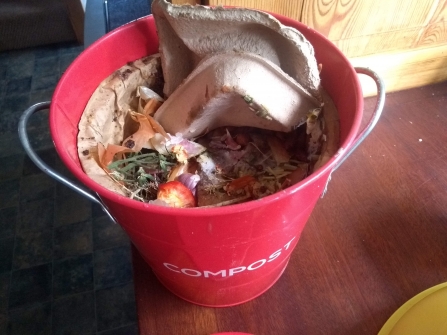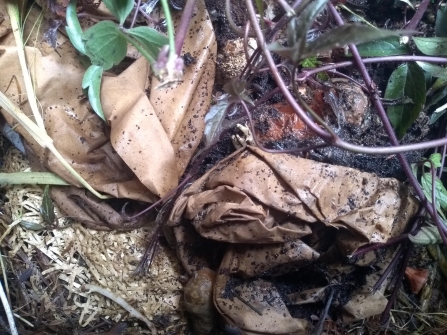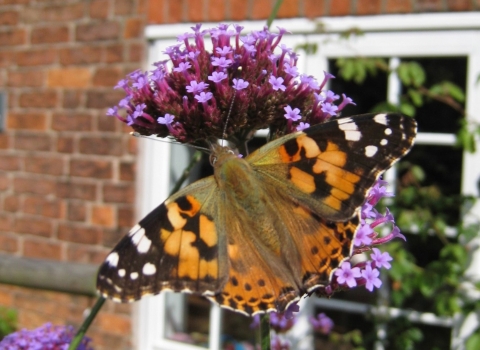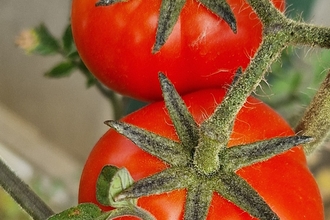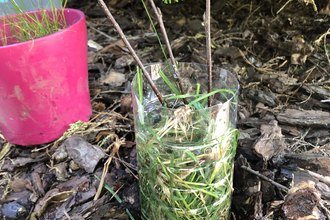Whilst meandering the internet for information about wildlife gardening, I spent quite a bit of time reading about compost. It has never been something I have thought much about before as I have mostly just put stuff in the council collected bin, and there has always been this kind of mystery surrounding it, like there’s some secret science that only a few chosen people know about. When you dig down though, it’s actually not that complicated. Here’s what I learned:
It’s good to create your own compost because:
- It reduces your reliance on shop-bought compost which costs money and might have peat in it
- It’s great for wildlife
- It increases the fertility of your soil
- It increases the water-retention of your soil
- It’s a good way to recycle waste


